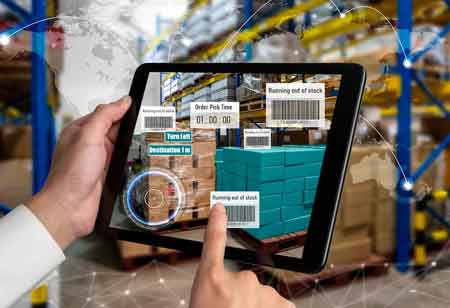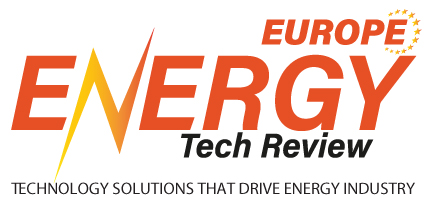CLOSE
Specials
I agree We use cookies on this website to enhance your user experience. By clicking any link on this page you are giving your consent for us to set cookies. More info
Be first to read the latest tech news, Industry Leader's Insights, and CIO interviews of medium and large enterprises exclusively from Energy Tech Review
Thank you for Subscribing
The Next Wave of EV Charging: Innovations Ahead
Governments, utility companies, and private companies increasingly collaborate to expand charging networks.

By
Energy Tech Review | Tuesday, November 18, 2025
Stay ahead of the industry with exclusive feature stories on the top companies, expert insights and the latest news delivered straight to your inbox. Subscribe today.
Fremont, CA: The electric vehicle (EV) market is transforming transport and energy, necessitating innovation in power. Governments, industries, and consumers are focusing on developing efficient, accessible, and scalable charging infrastructure. Public-accessible charging points and urban charging stations are being established to encourage EV users.
High-speed chargers, like Direct Current Fast Charging (DCFC) stations, have become a priority in public infrastructure. It makes EVs more convenient for long-distance travel and reduces downtime for users. Partnerships between automakers, energy providers, and tech companies are helping to create more comprehensive charging solutions, integrating charging infrastructure with renewable energy and smart grid technologies. It eliminates the need for physical plugs and connectors, allowing drivers to park over a pad and charge their cars automatically. Dynamic or in-motion wireless charging is being explored further into the future.
The most exciting trend in EV charging is the development of wireless or inductive charging technologies. While still in its early stages, wireless charging offers the potential for a more convenient and seamless EV charging experience. The technology would allow EVs to charge while driving on specially equipped roads. While still in the experimental phase, dynamic charging could revolutionize EV infrastructure, reducing the need for static charging stations and enabling longer continuous travel. Ultra-fast charging (UFC) stations are being developed to significantly reduce charging times, helping to make EVs more practical for a wider audience. Reducing charging time is key for making EVs more comparable to gasoline vehicles in terms of the convenience of refueling.
Technological advancements in EV batteries, such as the development of solid-state batteries, are also enabling faster charging speeds. Charging EVs at ultra-fast rates without degrading battery life will become possible, further enhancing the user experience. Sustainability is a major driving force behind the growth of EVs, and the integration of renewable energy sources with EV charging infrastructure is a crucial trend. The demand for cleaner energy solutions for EV charging grows. Solar charging stations are becoming more common, either standalone or integrated into parking lots. Integrating innovative technology and the Internet of Things (IoT) into EV charging infrastructure transforms how users interact with charging stations and manage energy.
The chargers use real-time data and connected technologies to optimize charging times, reduce costs, and balance the load on the energy grid. Users can program their EVs to charge during off-peak hours, saving money and reducing strain on the grid. App-based platforms allow users to locate charging stations, monitor charging progress, and pay for services remotely. This trend is making EV charging more user-friendly and convenient by streamlining the process for drivers. While urban areas have seen significant growth in EV charging infrastructure, rural and highway networks are also becoming a focal point.

Copyright © 2025 Energy Tech Review. All rights reserved






